Today we will talk about a very interesting plant called anthurium pendulifolium. Similar to ficus and philodendron, but does not belong to the family of either of these two plants.
It is a tropical plant (one of the ornamental plants too), but it does not like all the care conditions as other tropical plants.
This plant will gladly decorate your home with its fat pale green long leaves in an ordinary pot or hanging basket if you take care of it properly.
That is why today we bring you the ultimate care guide for this plant, information about its native habitat, a description of the plant, and some questions and answers that will give you a general picture of this plant.
After that, you will certainly be able to decide whether to get it for your home. Is the coffee ready? Let’s read then.
About Anthurium Pendulifolium
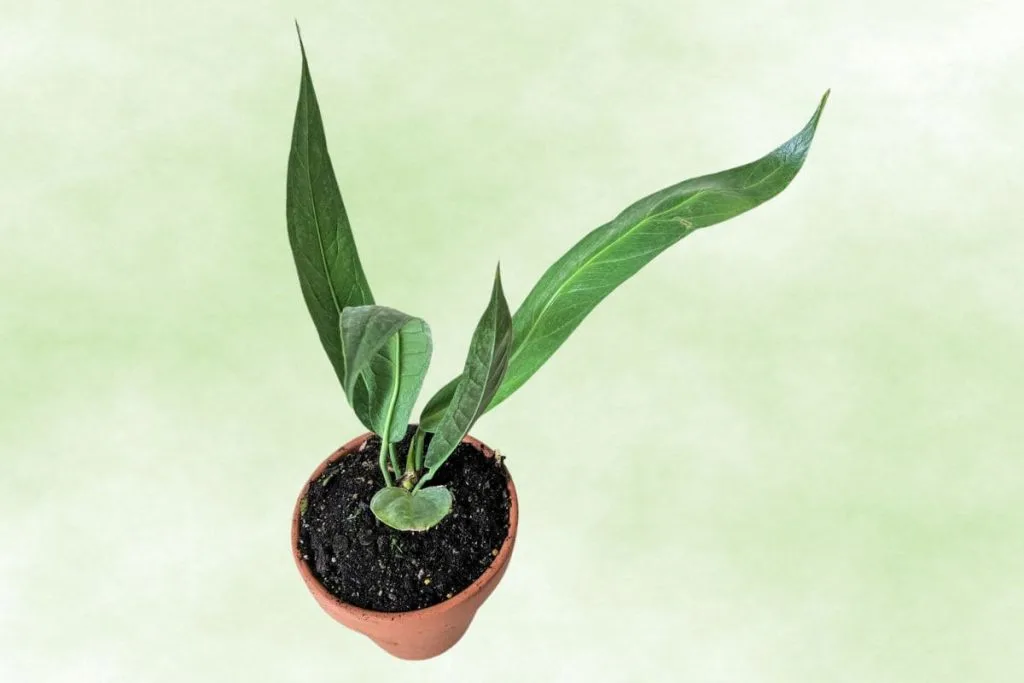
Pronounced PEN-dul-i-fol-i-um, Anthurium Pendulifolium is native to Colombia, Ecuador, and Peru. But it is not the national flower of Ecuador. Its main and first natural habitat is Peru. This epiphyte is an ideal hardy plant that grows at low altitudes in tropical rainforests. All anthurium plants belong to the Araceae family.
Anthurium plants grow best in greenhouses or tropical areas. This type of anthurium loves bright, indirect sunlight.
Anthurium is grown for its bright petals and decorative leaves, according to NC State University. There are more than 1,000 species of Anthurium, and this plant belongs to the “bird’s nest form” of the Anthurium plant.
Grow Of Anthurium Pendulifolium Plant
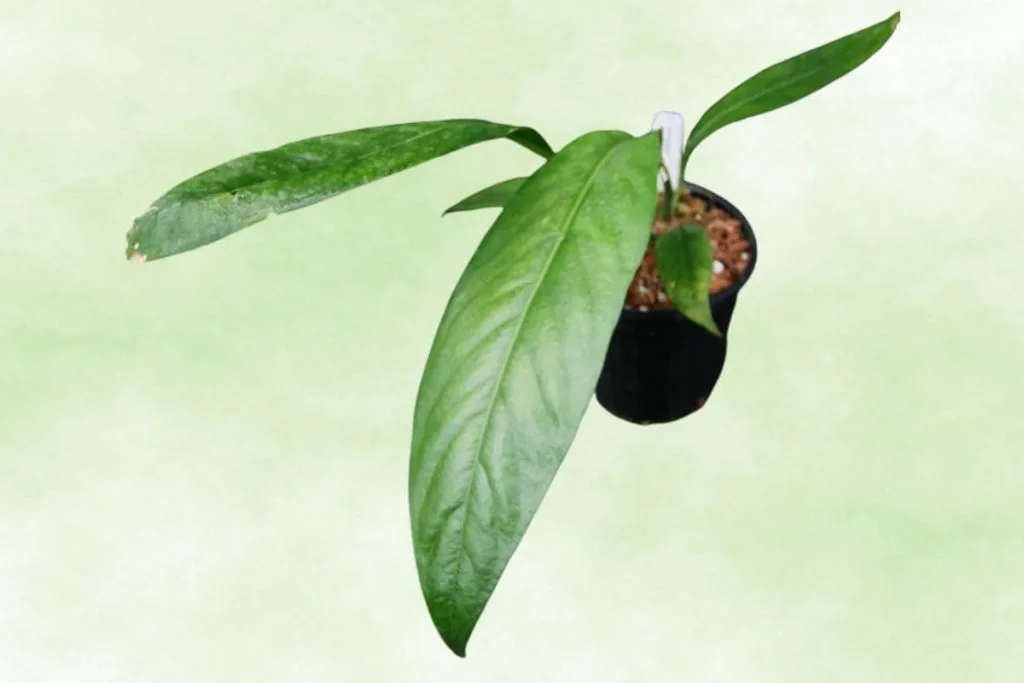
This plant is slow to medium growing. In open ground, the leaves grow up to about 3 feet long. Anthurium pendulifolium grows up to 30 inches tall and spreads up to 1-1.5 feet.
It has lanceolate, drooping leaves of various colors, from glossy to dark. The lower surface of the leaf is darker and lighter than the upper surface. Each leaf has about 11-15 major veins.
The long drooping leaves of Anthurium Pendulifolium will spread out no matter how you grow them. These long leaves are ideal as hanging basket plants for shade.
Anthurium Pendulifolium Care Guide
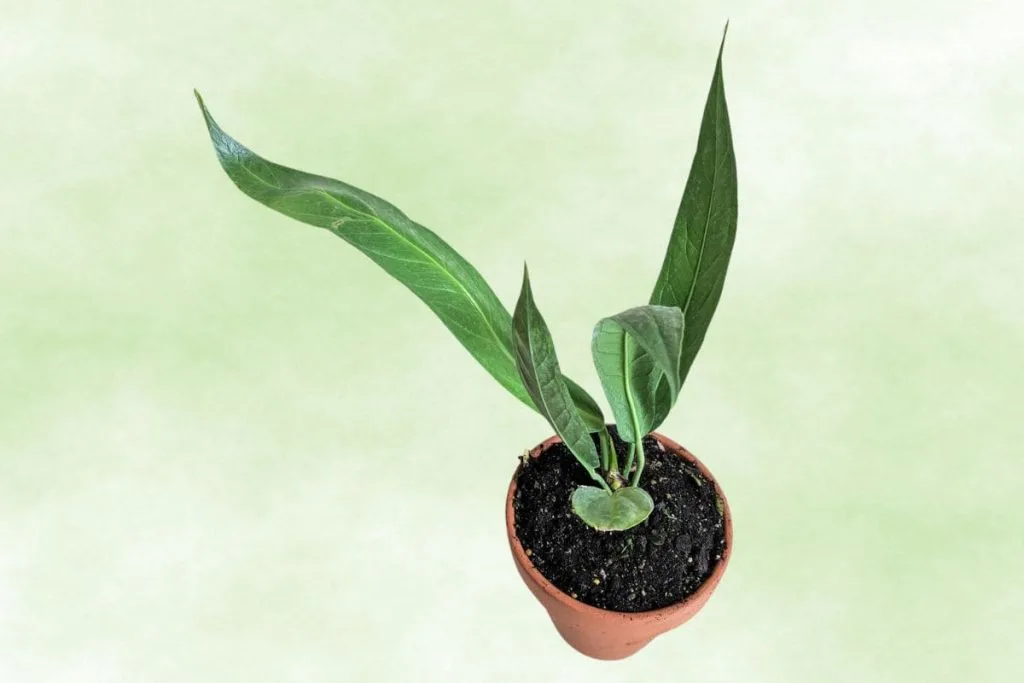
In order for your plant to reach its maximum growth and to grow healthily in its perfect conditions, we bring you the ultimate care guide of anthurium Pendens.
Should I use cold water, is direct light alright for this plant, can they cause skin irritation, should I place them in a warm location, and what’s their watering frequency…? Do you have these questions in your head? Well, it’s your lucky day, we have all the answers you need!
Let’s learn about proper care for the anthurium pendulifolium plant.
Light Conditions For Anthurium Pendulifolium
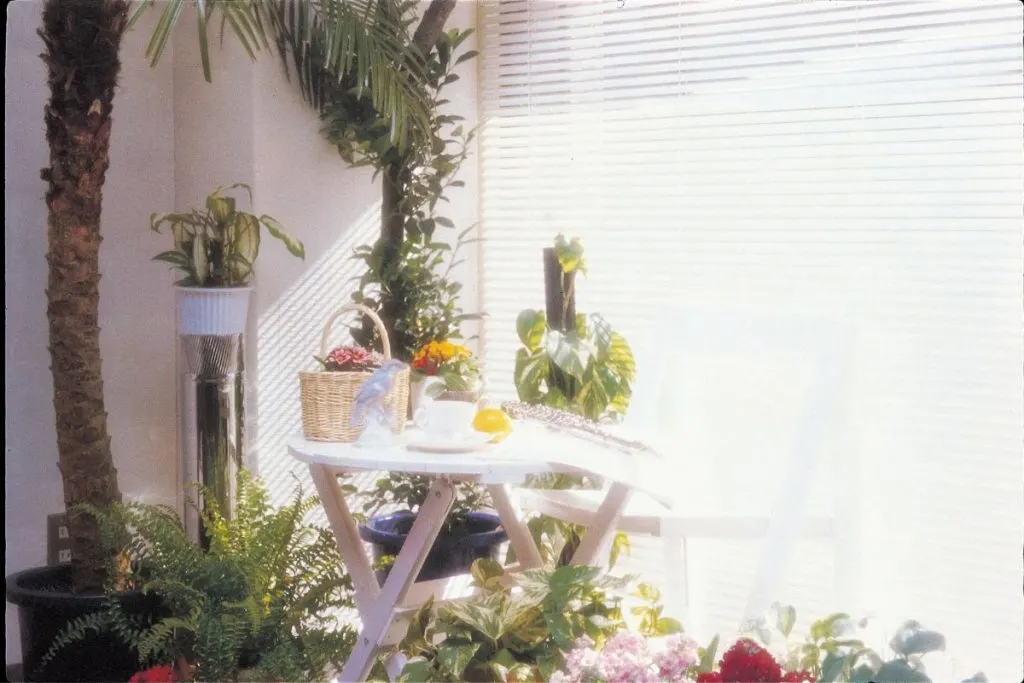
A distinctive feature of the Anthurium plant is that it can tolerate all levels of indirect sunlight. However, those kept in low bright light have slow growth and have fewer flowers.
Too little light isn’t the best idea as well. So the best option for this variant is strong but indirect lighting.
Morning sunlight is best for Anthurium Pendulipolium. Exposure to direct sun can burn the leaves. This plant tends to burn, so protect it from the hot afternoon sun. To sum it up: indirect light and morning sun are the best possible light conditions for this plant.
Soil Type For Anthurium Pendulifolium
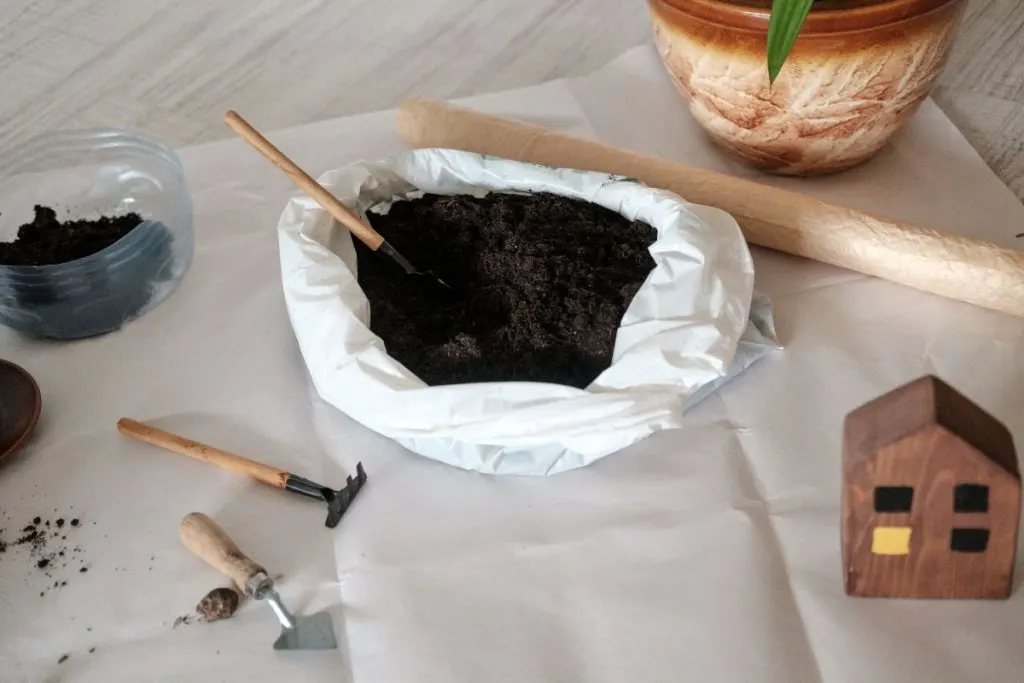
Pendulifolium plants are commonly grown as houseplants in warm climates. It can be grown outdoors as a landscaping plant in USDA hardiness zones 10 and above. Create a well-drained soil mix that retains moisture. You can use 1/2 part orchid mix or 1/2 part potting soil with perlite.
Another suitable potting mix is a mixture of composted orchid bark, charcoal, and well-drained common potting soil.
If you want to use a commercial mix, use an orchid mix. In the end, if you want, add slow-release fertilizer. Sphagnum moss isn’t a bad option for this plant as well.
Watering Schedule Of Anthurium Plant
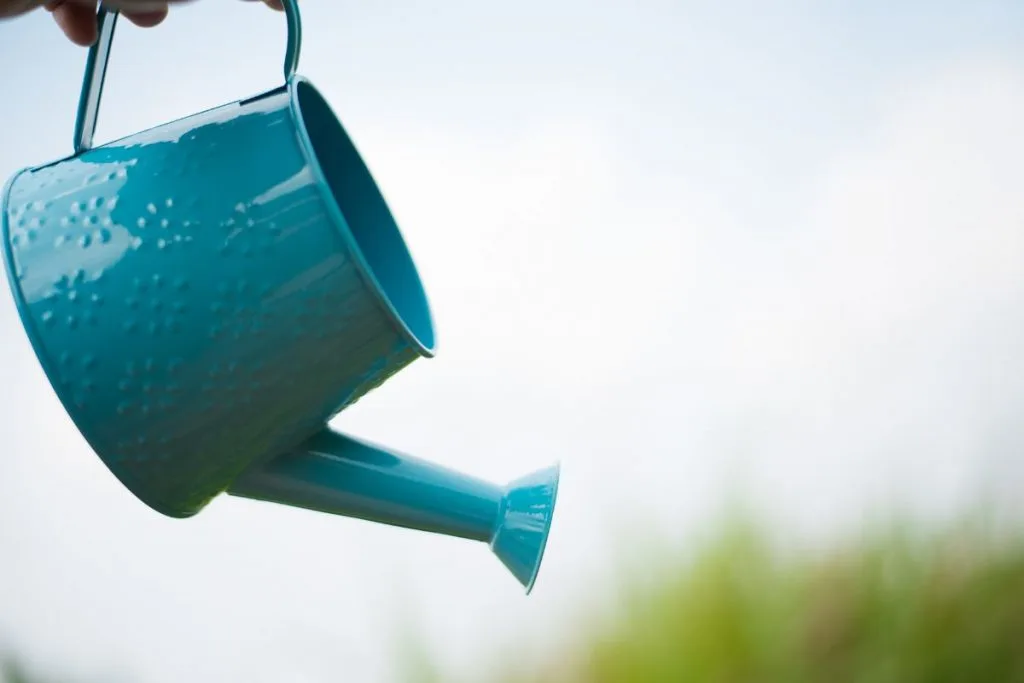
Pendulifolium does not grow in wet areas of tropical forests. Therefore, if you want maximum plant growth, do not grow in swamps or wet environments all year round. This plant needs a certain period of drought throughout the year to develop.
It is recommended to test the soil before watering and water only when it feels dry. I water my anthurium plants when the topsoil is dry.
Make sure the potting soil is not completely dry. This not only slows growth but also makes it difficult to re-moisten the soil. If this happens, you can restore the soil by soaking the pot in water for an hour. Make sure you make some drainage holes at the bottom of your pot.
They like to stay moist, but not wet or dry. A rule of thumb is to check and water once a week when the top 40% of the soil is dry. In the summer, you can check twice a week.
The frequency of watering indoor plants is affected by light and indoor humidity. Adapt plant care to your plant’s behavior.
Temperature And Humdity For Anthurium Pendulifolium
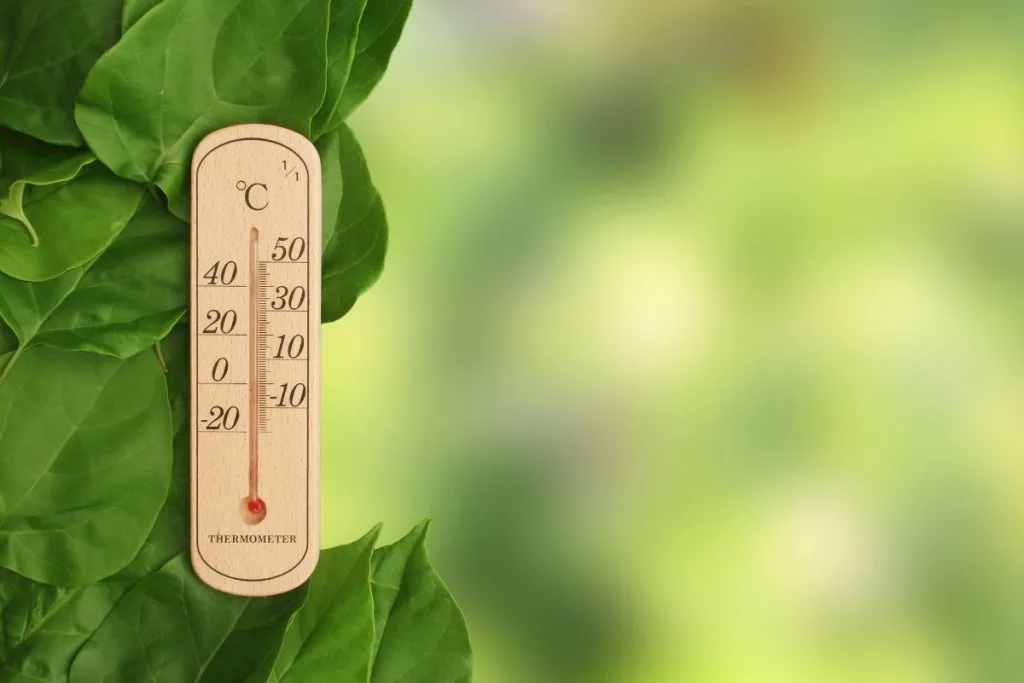
The ideal daytime temperature range is 70-80F. Temperatures below 55F can kill Anthurium Pendulifolium plants, so pay extra attention to the plants in winter.
Do not place plants near windows and doors. Ensure good air circulation, especially on hot and humid days. In warm climates, plants thrive outdoors unless it is too cold or too cold at night.
Like other Anthurium species, this plant loves high humidity. For optimal growth, indoor humidity should be at least 80%. The best place is the bathroom or kitchen. This is because these places have the highest humidity in the house.
If you place Pendulifolium on a bathroom window, make sure the window has tinted or frosted glass to protect the plant from direct sunlight. If you have several tropical houseplants, we recommend investing in a humidifier. This helps to better manage the moisture level of all plants.
Fertilizer For Penduliofolium Plant
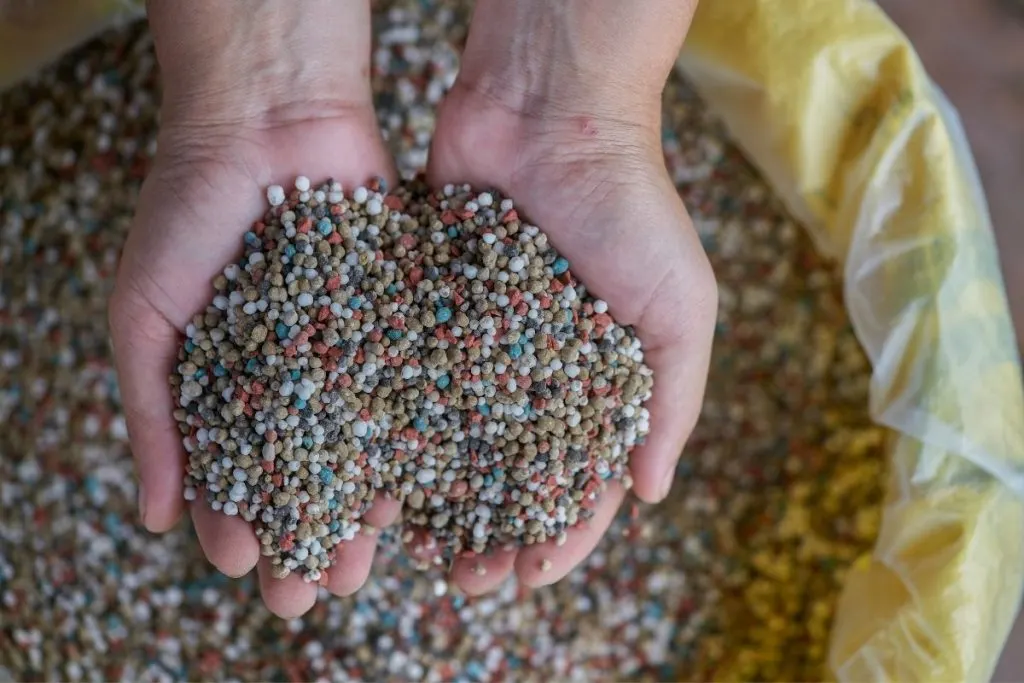
Feed them once a month in the summer with a high nitrogen diet. Make sure the manure is well diluted to avoid burning. Liquid fertilizer is the best choice for this plant.
This plant is not a heavy feeder when it comes to fertilizer. You can also feed them a bacterial inoculum monthly. Do not fertilize the plants in winter to avoid the risk of salt build-up and killing the plants.
Remember that improper fertilizer can kill Anthurium Pendulipolium plants. If you don’t know how much to fertilize your plants, you should give them less than you need.
Repoting Anthurium Pendulifolium Plant
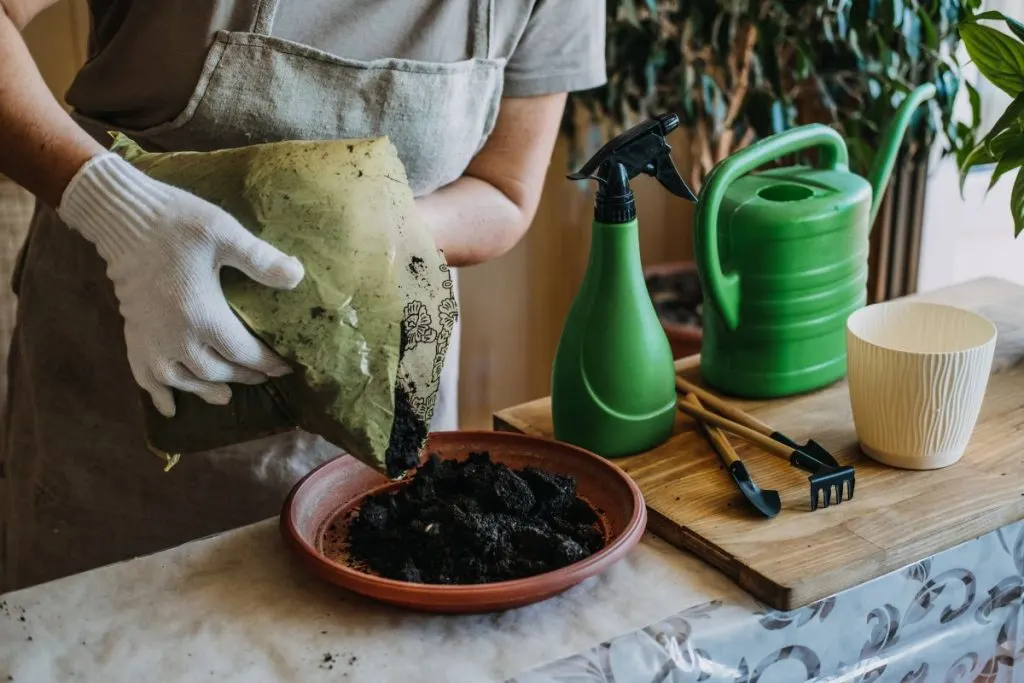
Replace this plant every 2-3 years to avoid connecting with the roots. Many gardeners recommend changing the potting soil every year. If you see roots growing through the drain or on the surface of the pot’s soil, move the plant to a larger pot.
Repotting gives more room for roots to grow. Always plant Anthurium Pendulifolium in the spring to ensure the plant grows into the next growing season. You can replace the plant in three steps:
Remove from pot/container, remove excess soil and loosen roots. Cut brown or sticky roots from root balls.
Now put it in a large 1-size pot, pour the soil, and press it down gently. Water the plants well and drain.
Pruning Anthurium Pendulifolium
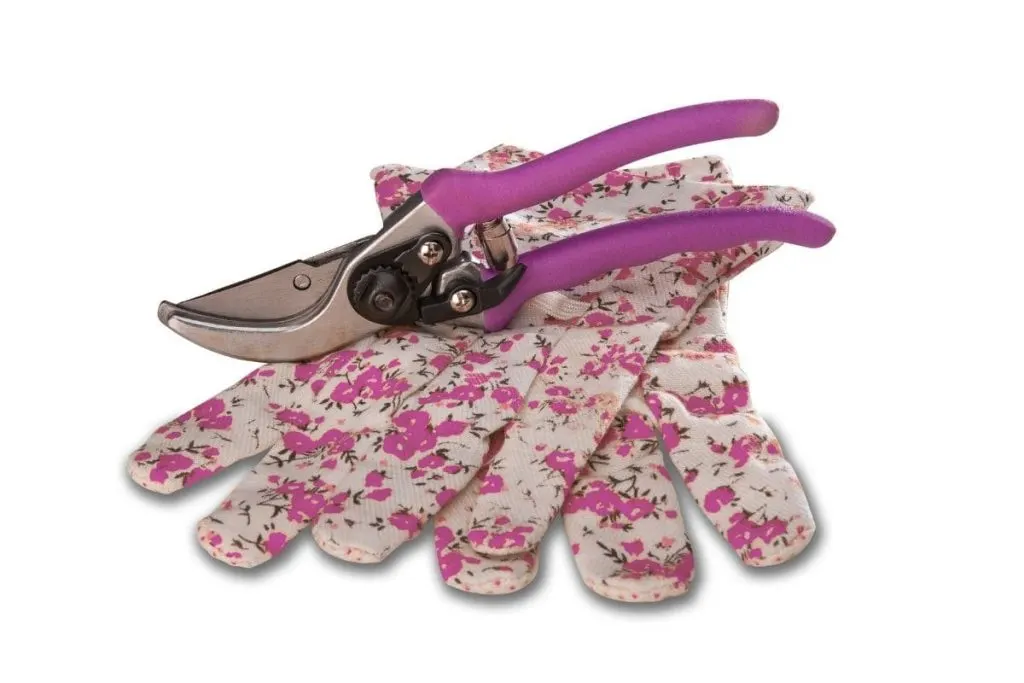
This plant does not require special pruning. However, dead stems and leaves can be cut back to promote growth.
The only additional concern is using sterile equipment to prevent the spread of any disease. Of course, if you want to do something with its shape or you see some droopy almost dead leaves, you can prune those so they don’t spread to a whole plant.
Propagate Anthurium Pendulifolium
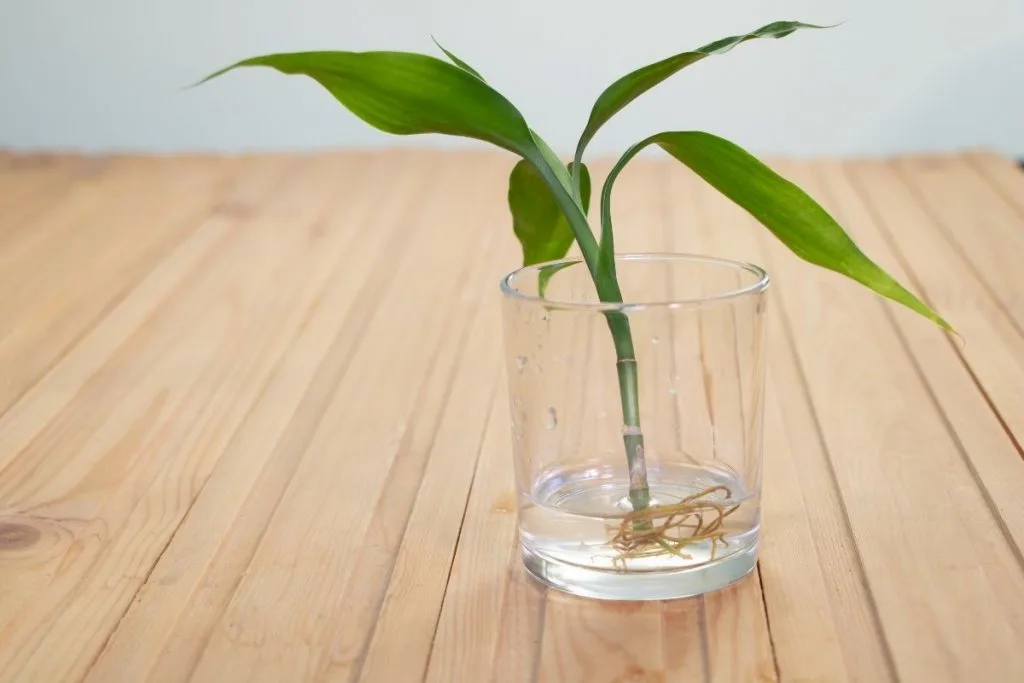
The best time to grow and propagate Anthurium Pendulifolium is in spring. These plants can be propagated with stems, root division, and water. Anthurium can also be propagated by seeds as well.
However, this method is not the most popular because the seeds are not readily available and you cannot collect them yourself.
Both ways are very easy and a plant beginner can do it as well. For successful implementation, you can follow the below methods.
Propagating Anthurium Pendulifolium With Root
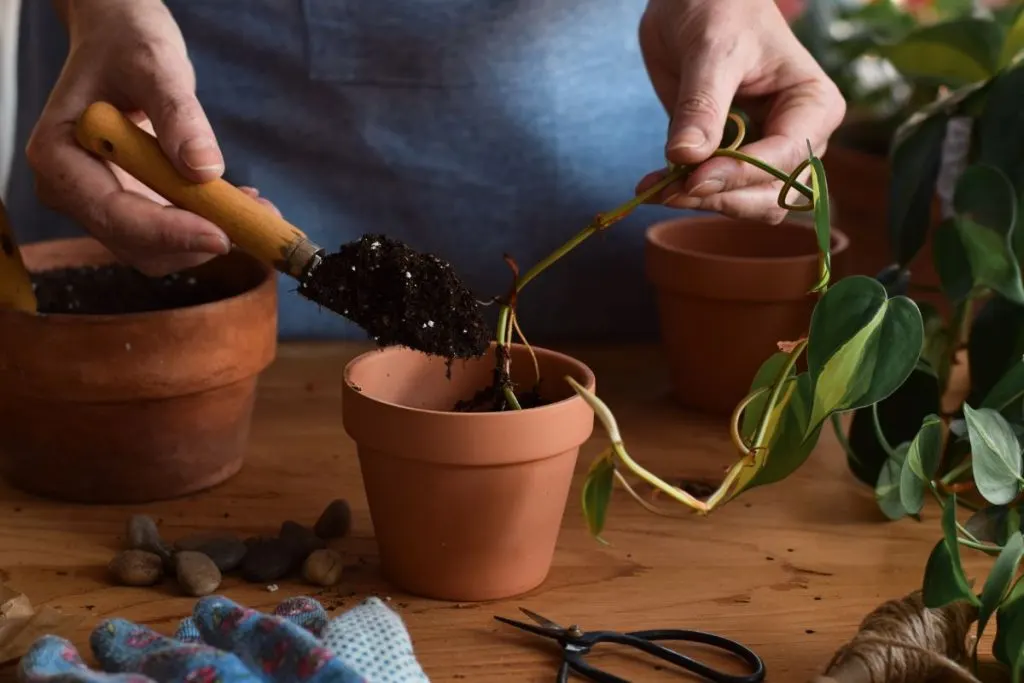
To do a successful root division of this plant, do these steps below:
- Remove the plant from the pot and carefully remove the soil around the roots. Be careful not to damage the healthy roots.
- Cut off any damaged or dying roots before proceeding.
- Now divide the root ball into two or three parts.
- The number of sections depends on the size of the plant. It can have more than one section.
- It is recommended to divide the rhizome when the plant outgrows the container.
- Dividing into manageable amounts also promotes plant growth.
Propagating Anthurium Pendulifolium With Stems
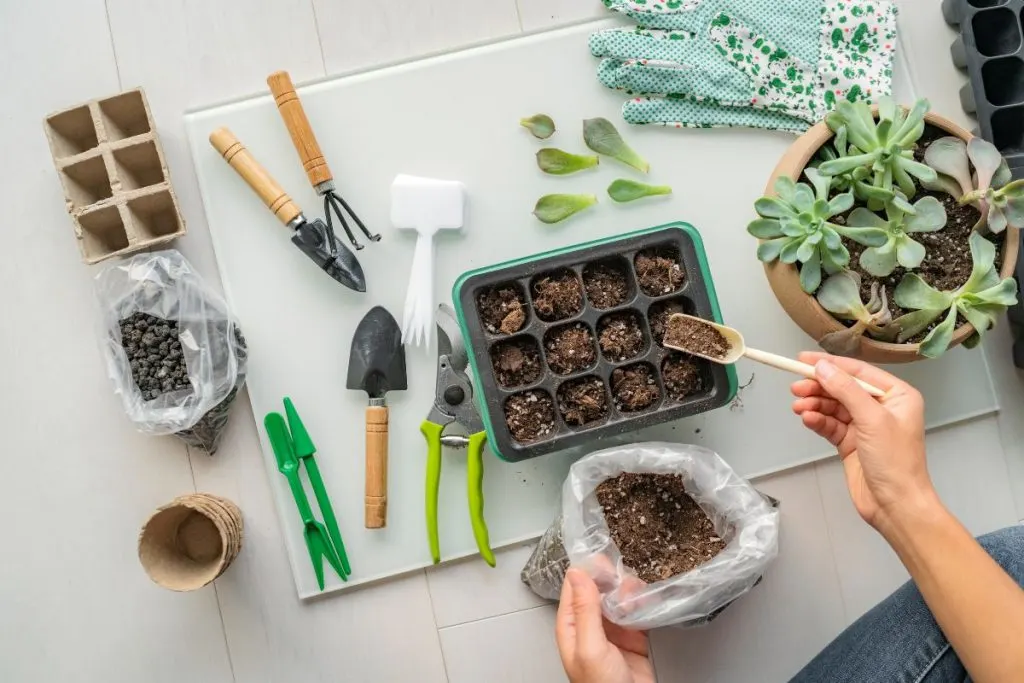
Time is important. This is because cuttings in the wrong season can result in the loss of both the parent plant and the cuttings.
Never cut cuttings in the winter from October to February. Before and after breeding, disinfect instruments by rubbing alcohol
- From a healthy Anthurium Pendulipolium plant, take 2-3 leaves and cut them at least 15 cm long. The growth of new plants depends largely on the health of the parent plant.
- Take a terracotta pot and fill 3/4 of the pot with well-drained soil or peat moss.
- Make a small hole in the pot and plant the cuttings 3 inches deep.
- Now fill the hole with more soil. The lower leaves of the cuttings should not be on the ground.
- Water the pot well until the soil is saturated.
- After that, water once or twice a week, but don’t let the soil dry out.
Problems With Anthurium Pendulifolium Ornamental Plants
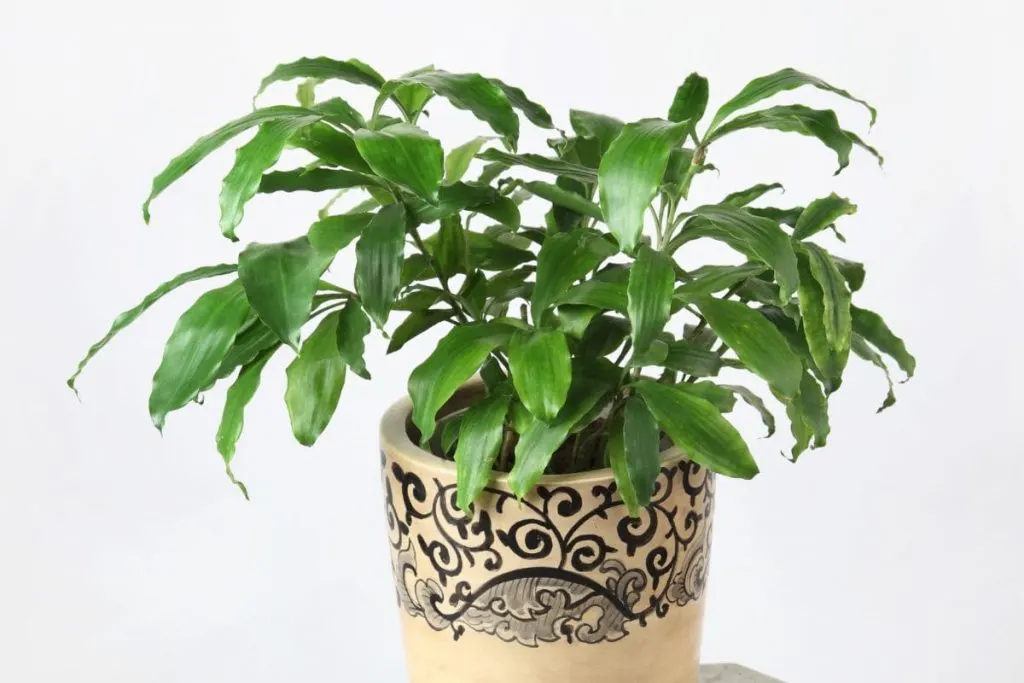
Unfortunately, things aren’t always perfect with plants. Sometimes, even though you try really hard to make them grow healthily in perfect conditions, you might slip and forget about something or something you can’t control can happen.
In order to recognize those problems, prevent them and cure them, below we bring you the most common issues on the anthurium pendulifolium plant.
Root Rot Issues
Anthurium Pendulifolium is very susceptible to root rot caused by a fungus. It grows best in moist and warm environments. Overwatering problems can cause root rot as well. Too much water can cause many unlikeable issues on your plant so make sure you follow the watering routine carefully. If you notice stunted growth on your plant, alert, root rot appeared!
Excess Soil And Water Problems
If you water too often or water too often, the roots will rot and the roots will die. Another thing to consider is good drainage. Even if you water the plant regularly, stagnant water can cause the roots to rot.
Excess water also causes plant stress by poor soil aeration, inhibiting normal aerobic respiration and microbial activity. High groundwater levels limit root penetration and inhibit crop growth and yield. It also causes the accumulation of soluble salts in the root zone.
Other Minor Problems With Anthurium Plants
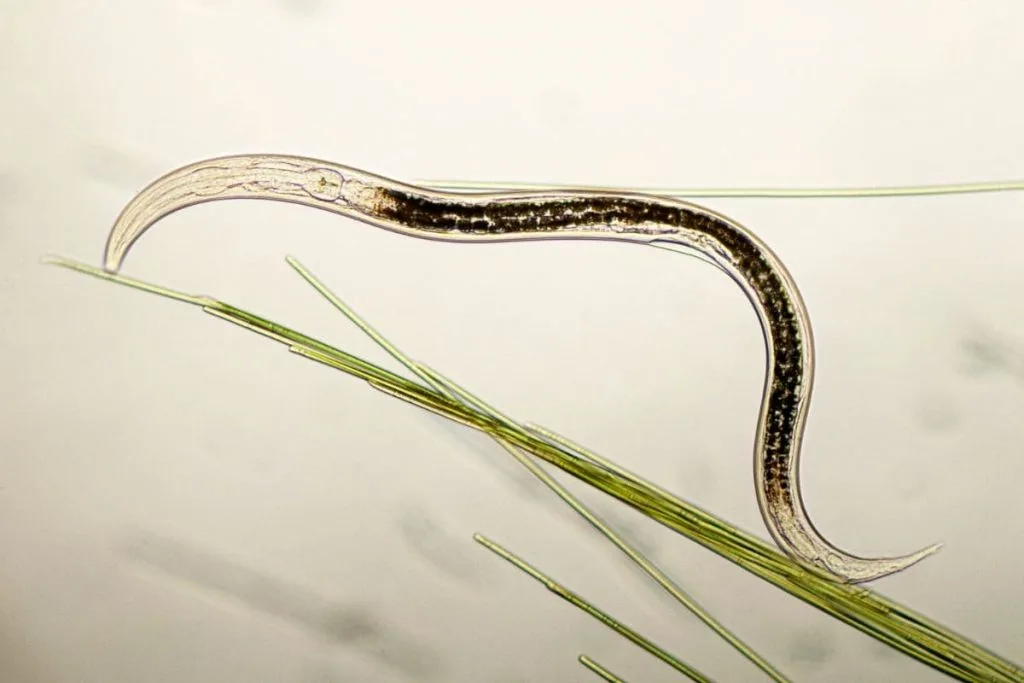
These problems are not as “scary” as the problem above. They will damage the plant a bit, but unlike the problems above, if you react immediately, you can actually save your plant.
- Nematodes
These tiny insects attack the roots of anthurium plants. It burrows into the ground to eat its roots. This slows root development and stops plant growth. They can be destroyed with pesticides.
- Brown leaves and leaf edges
This is due to too little or too much water. The only solution to this is to check the soil moisture and water regularly only when the soil is dry. If the plant’s soil is still wet, skip watering for a day or two.
- Yellow leaves
In Anthurium plants, this is caused by too much sunlight. Move the Anthurium plant away from the window to a place with low light.
- Spider Mites
If the leaves turn yellow, it indicates the presence of mites. Water plants properly as flooding plants promote mite growth. These tiny pests leave cobwebs on leaves and stems.
- Aphids
These pests damage the leaves of ornamental plants such as Anthurium Pendulifolium. They leave behind deformed leaves with sticky nectar that attracts other pests and insects.
In general, to deal with these pests, you can use neem oil and horticultural oil. They won’t cure mushy roots or fungal diseases but they will get rid of the pests. Read a package before using them and you might save your epiphytic plant. Insecticidal soap can save them too!
FAQ
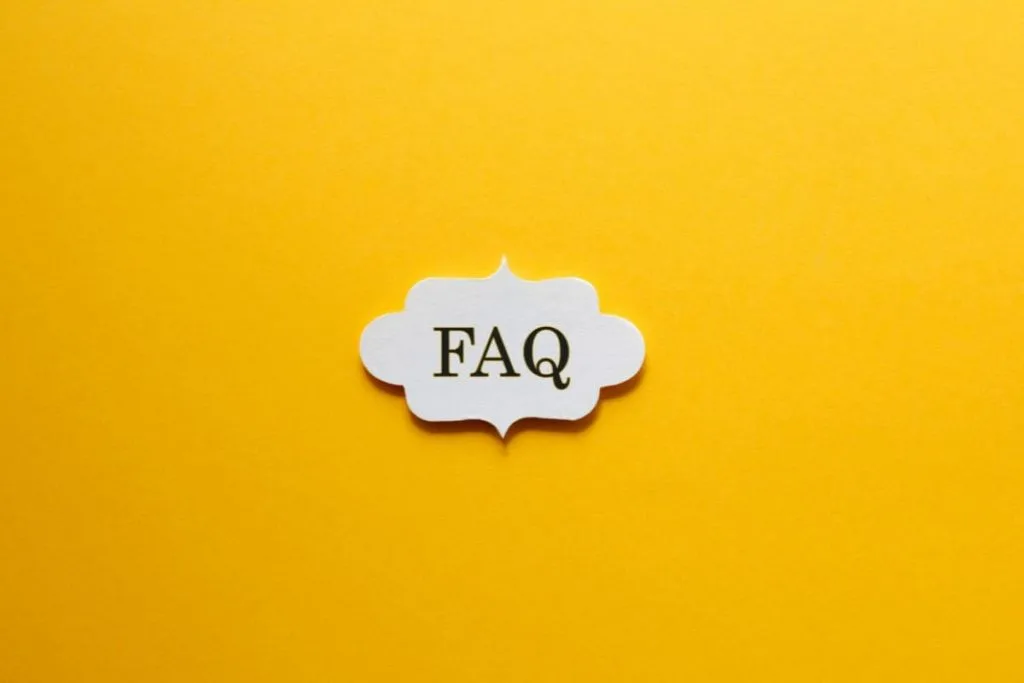
Do you still have some unanswered questions in your head about this plant? Don’t worry, we’re not done yet. In this section, we’ll answer all the possible questions you still have about the anthurium pendulifolium plant. Let’s check it out.
Is Anthurium Pendulifolium Toxic?
After you touch this plant, make sure you wash your hands before you touch your face or your pets. Since kitties like chewing edges of the leaves, in case your cats swallow it or just chew it, make sure you see a vet.
What’s The Most Rare Anthurium Plant?
How Long Anthurium Plants Live?
How To Make My Anthurium Plant Bushy?
The End
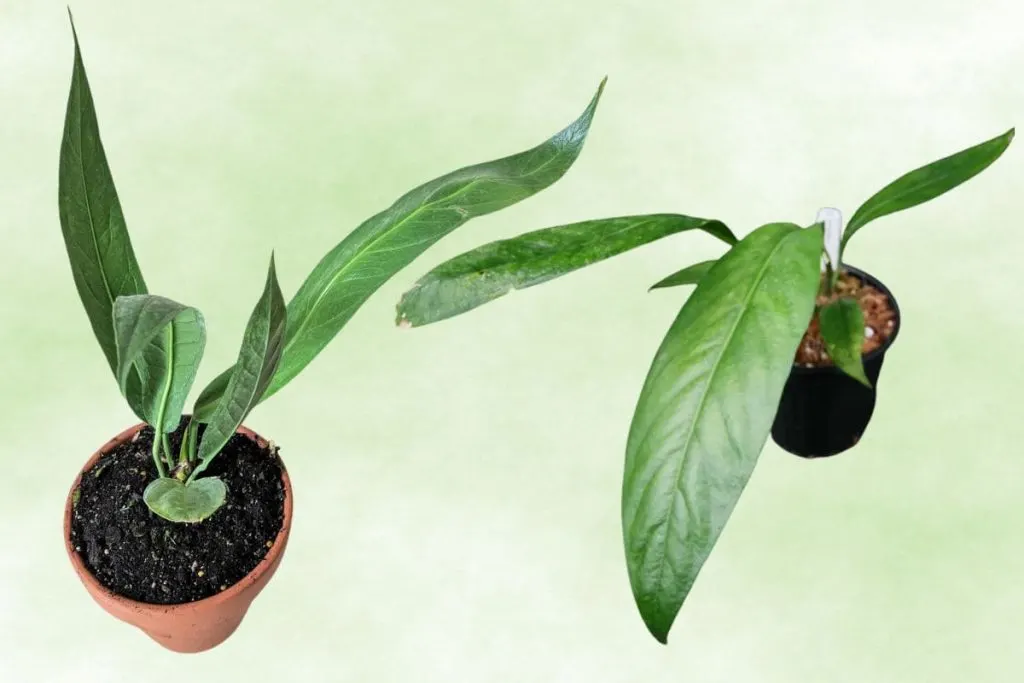
We’ve come to the end of another plant article. This time we talked and learned all about the rare tropical plant anthurium pendulifolium.
As you yourself could conclude, this plant is not so demanding for a tropical plant. Similar plants from the same family are much more demanding.
This plant definitely has no flaws, except for its toxicity to our paw friends, but in that case, you can simply place it where they cannot touch it.
To summarize: bright indirect light, liquid fertilizer, peat moss or soil mix for this plant, temperature around 70 F and 80% humidity.
I hope you enjoyed this article. See you soon!

